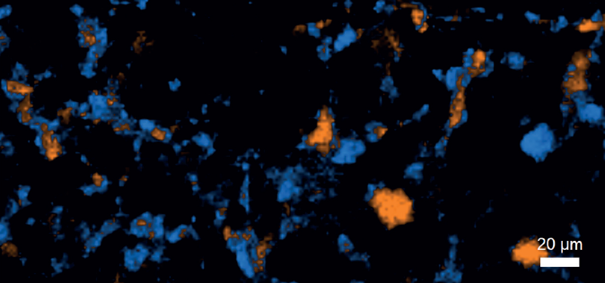
Introduction
Since the physical state can affect the pharmaceutical behavior of drug substances, it is important to know what controls crystallization, solid state reactions, phase stability, and solubility. There are numerous methods that have been used to measure the solid state composition of pharmaceuticals; these include X-ray diffraction, optical microscopy, thermal analysis, dissolution testing, particle size analysis, NMR, and infrared (IR) spectroscopy. Raman spectroscopy is a newcomer in this industry as a very powerful characterization technique.
Indeed, Raman spectroscopy can provide qualitative and quantitative information of the polymorphy, with 1 μm spatial resolution when necessary. The new generation in Raman technology provides many advantages over the other techniques. As a non-destructive analysis, samples can even be examined in transparent glass or plastic containers.
Microscopic samples as small as 1μm can be easily characterized, and finally, little or no sample preparation is required. Moreover, polymorphic and pseudo-polymorphic phases in microscopic samples can be mapped. This last point is important as the pelletizing can create pressure induced polymorphic transformation.
In this paper, we investigate different polymorphic phases of carbamazepine, firstly on pure powder, and secondly after tableting.
Learn More?
Please click on ‘Request Application Note’ and download the full application note ‘Polymorphisms characterization: when Raman microscopy supports the pharmaceutical industry’.
